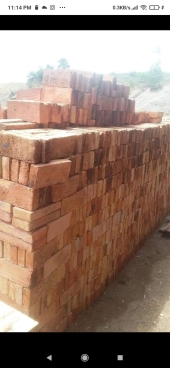


Marco Banks wrote:Adding fire clay to any standard mortar will significantly enhance its capacity to handle heat.
As for adding insulation, cob itself is something of an insulator, you just need to make it quite thick. My cob oven is at least 8 inches thick, and thicker in some places. On top of that, there's an inch of plaster to seal it. All that mass heats up and then retains heat for a long, long time. I used a high percentage of straw and sand in my mix, and the oven hasn't cracked. I've heated it up REALLY hot and kept the temp super hot for 48 hours to fire the oven. It got so hot that it charred the wood skirt around the outside of the oven and bubbled the paint on the boards, but the clay itself is fired rock hard.

Chris Sturgeon wrote:If you can tight pack the bricks in such a way that the mortar is minimally (almost not at all) exposed to the inside of the oven, I would use a clay and sand mixture. Research 'making cob' for instruction on how to mix it.

Rob Lineberger wrote:You can definitely use rice hulls mixed into cob as an insulation. Its a great insulator in fact. Cob is basically clay dirt and sand.

Rob Lineberger wrote:I think that would make a great oven! I'm jealous of your find.


Rob Lineberger wrote:There are plans on the site for building the base out of cinder blocks.

Rob Lineberger wrote:Luis, I suggest you visit the Forno Bravo forum. It is the gold standard for building brick ovens. There are plans on the site for building the base out of cinder blocks. They are not very big on natural building methods such as cob, but there are a decent number of cob builds in the forum. I know you are using brick though, which is why I recommend you read that site. I don't want you to do all that effort and have your oven crack or collapse and you be disappointed. Masonry is quite heavy.
Also no, I do not think concrete is going to be sufficient.
Good reading and good luck!
